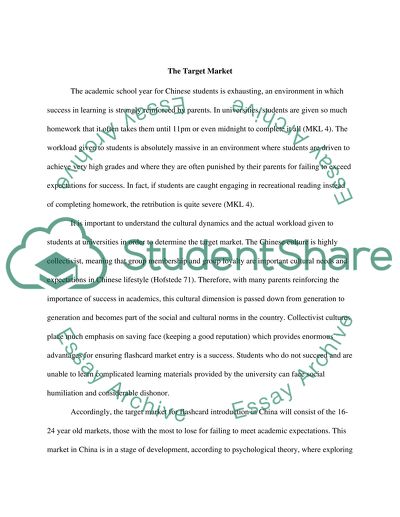Cite this document
(“Marketing Plan: Introducing flashcards to China Research Paper”, n.d.)
Marketing Plan: Introducing flashcards to China Research Paper. Retrieved from https://studentshare.org/marketing/1492707-marketing-plan-introducing-flashcards-to-china
Marketing Plan: Introducing flashcards to China Research Paper. Retrieved from https://studentshare.org/marketing/1492707-marketing-plan-introducing-flashcards-to-china
(Marketing Plan: Introducing Flashcards to China Research Paper)
Marketing Plan: Introducing Flashcards to China Research Paper. https://studentshare.org/marketing/1492707-marketing-plan-introducing-flashcards-to-china.
Marketing Plan: Introducing Flashcards to China Research Paper. https://studentshare.org/marketing/1492707-marketing-plan-introducing-flashcards-to-china.
“Marketing Plan: Introducing Flashcards to China Research Paper”, n.d. https://studentshare.org/marketing/1492707-marketing-plan-introducing-flashcards-to-china.


